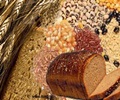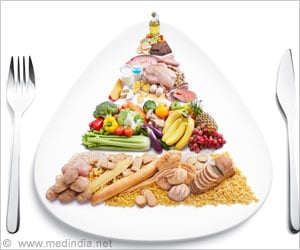A new Harvard study says that whole grain foods may not always be healthy.

The benefits of switching from refined to whole grain foods are well established, including lower risk of cardiovascular disease, weight gain, and type 2 diabetes, the journal Public Health Nutrition reports.
"Given the significant prevalence of refined grains, starches, and sugars in modern diets, identifying a unified criterion to identify higher quality carbohydrates is a key priority in public health," said Rebecca Mozaffarian, study author from the social and behavioural sciences department at Harvard School of Public Health.
Based on this evidence, the US Department of Agriculture's (USDA) 2010 dietary guidelines recommend that Americans consume at least three servings of whole grain products daily, and the new US national school lunch standards require that at least half of all meals be whole grain-rich. However, no single standard exists for defining any product as a "whole grain".
From two major US grocers, researchers identified a total of 545 grain products in eight categories: breads, bagels, English muffins, cereals, crackers, cereal bars, granola bars, and chips.
They collected nutrition content, ingredient lists, and the presence or absence of the Whole Grain Stamp on product packages from all of these products, according to a Harvard statement.
Advertisement
The three USDA recommended criteria also had mixed performance for identifying healthier grain products. Overall, the American Heart Association's standard (a ratio of total carbohydrate to fibre) proved to be the best indicator of overall healthfulness.
Advertisement















